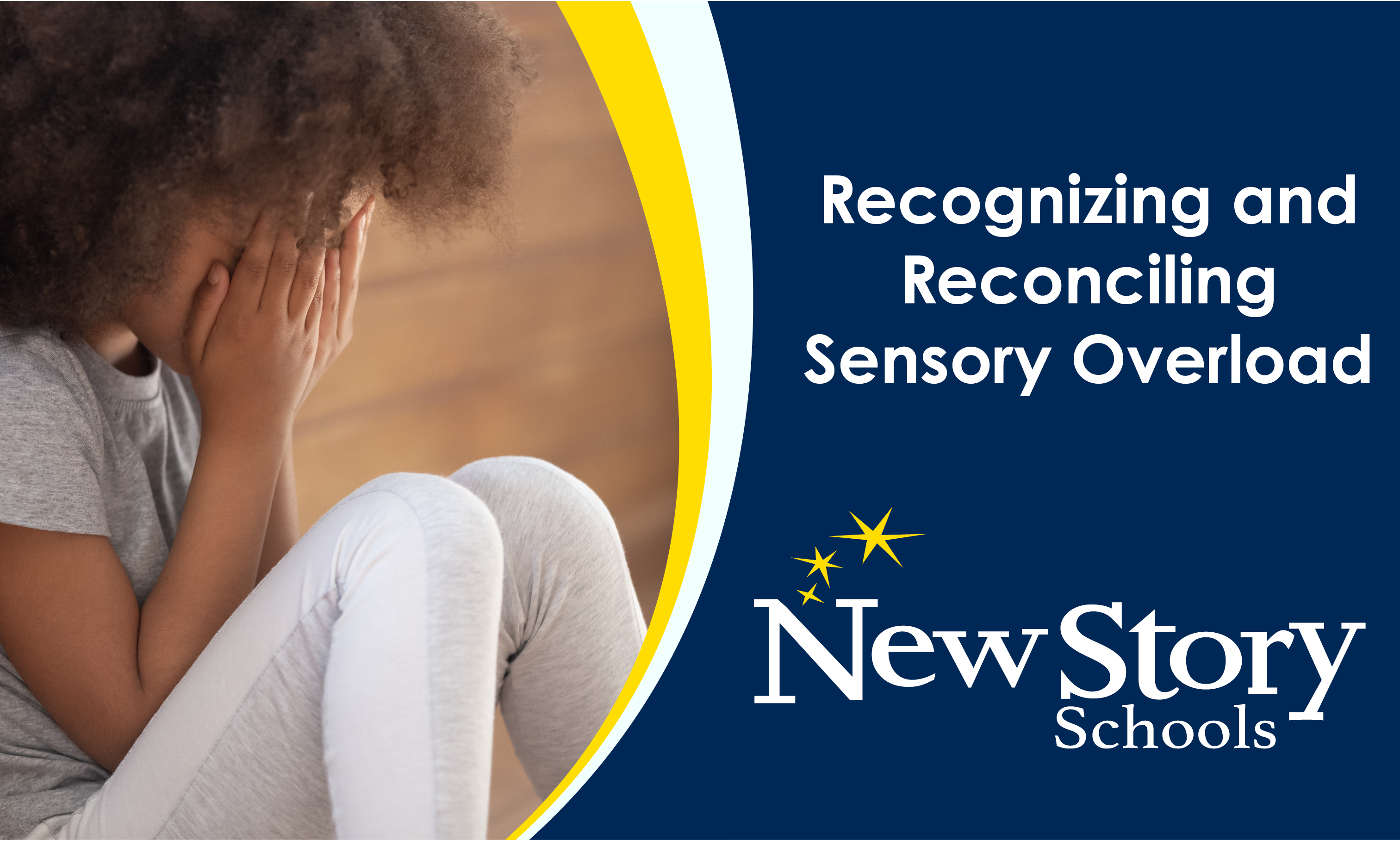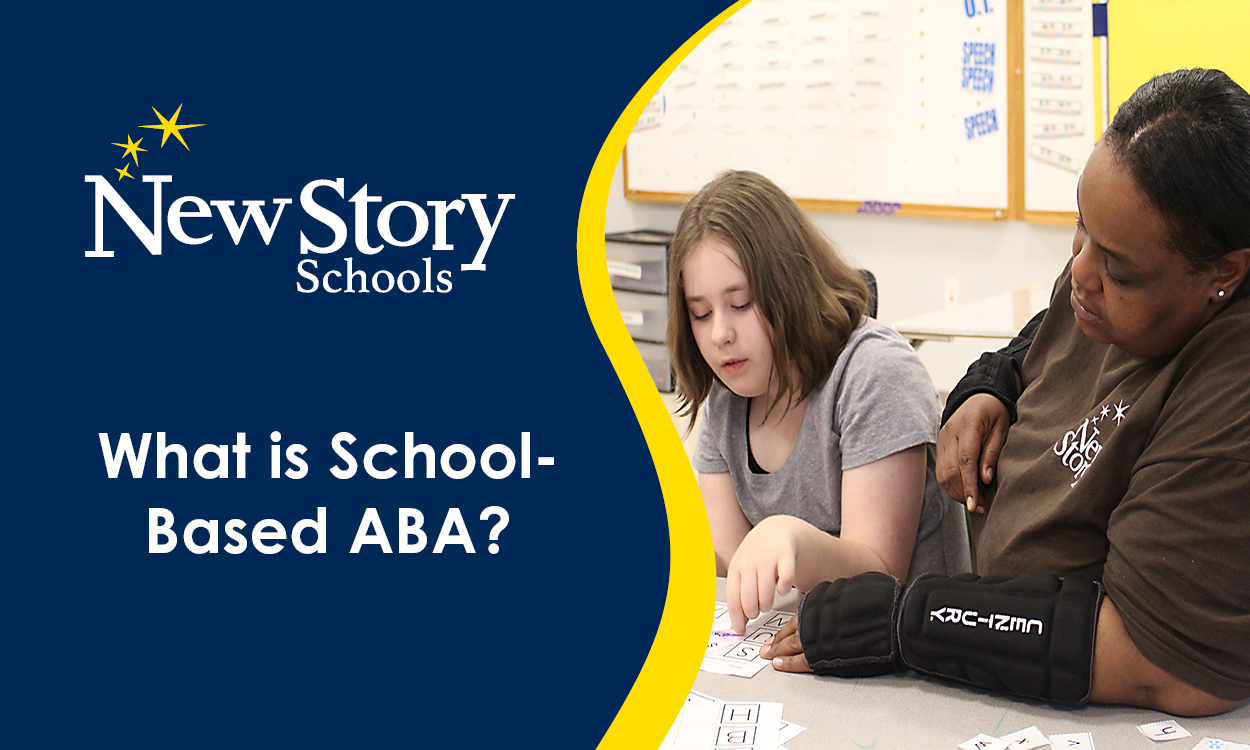Recognizing and Reconciling Sensory Overload
Posted: November 11, 2020 | Written By: Brooke Yellets Ed.S., LPC | Category: At Home Help

For many children and young adults, school has moved from the classroom to the home, and that shift comes with unique challenges, especially for students with special needs. Working or learning at a computer all day can be overwhelming for anyone. For some, the overwhelm can quickly turn into sensory overload, which is problematic for learners, and their helpers. Here are some tips for recognizing the signs of sensory overload and helping your child through.
Is my child experiencing sensory overload?
Well, are they:
- overly excited or overly sensitive during or after an activity
- becoming increasingly distracted, disoriented, or confused
- Showing physical signs, like feeling nauseous, becoming pale or flushed, or breathing differently than they normally do.
- tensing up all their muscles (becoming rigid) or loosening everything (becoming floppy)
- looking glazed-over in the eyes or showing signs of a possible seizure
- experiencing sleep disturbances, like becoming overly tired at unusual times, or struggling to sleep
- irritable or having angry outbursts
- shutting down or refusing to participate in an activity
- making poor eye contact outside of their normal eye contact behavior
- covering their eyes, ears, or shying away from touch
If you notice one or more of these indicators, your child could be experiencing sensory overload. Now, you have an opportunity to help!
When you can, take stock of their environment. Note the brightness level, the smells, the noises and any other sensations they may be experiencing. Remote learning utilizes blinking buttons, graphics, small text and sometimes, if your child is on a call, there may be voices that cut in and out or sound distorted. And that’s not taking into consideration their environment at home where everything from traffic noise to the smell of a family member’s favorite lotion can add up.
What Can I Do to Prevent Sensory Overload and Improve My Child’s Remote Learning?
- Reduce Distractions. Give your child a quiet place to work where they feel comfortable. Clear their workspace and the surrounding environment. If distractions are unavoidable, provide tools like noise canceling headphones. Build a “fort” around their workspace to shield them from lights and movement in other areas of the home. Check out our recent blog post about setting up a workplace for your virtual learner.
- Use calming strategies and breathing techniques. For example, have your student lay on their back with their stuffed animal on their stomach. When they inhale, their animal will go up, and when they exhale their animal will go down. Pretend the movement is a gentle ocean wave and they don’t want their animal to get seasick or fall overboard!
- Provide sensory breaks more frequently. Kinetic sand, weighted blankets and other sensory tools can help your child reset. Talk to your child’s teacher about what might work and how you might incorporate it in your routine.
- Get your kid moving! Children need movement regularly, and in school they would walk to put their materials away, walk to the cafeteria, and go outside or to the gym regularly for recess. What can you do at home?
- Go for a walk.
- Do stretches, exercises or dance routines in the living room.
- Schedule regular outdoor play intervals.
- Help them learn a silly skill—like snapping their fingers while blinking, balancing a spoon on their nose, or, for a real challenge, juggling with tissues. Practicing their skill for thirty seconds during a difficult lesson can help alleviate frustration before it boils over.
- Adjust your schedule and then maintain a schedule. Allow for breaks when your child gets frustrated. If you notice your child is more focused during certain parts of the day, allow their schedule to take advantage of that timing.
Then, keep your child on their routine. Communicate their routine to them often and give them warnings before they have to transition to the next. Waking up, going for lunch and finishing schoolwork consistently from day to day will help them feel more centered. - Give your child a break. Some lessons may induce more sensory overload in your child than others. Give yourself permission to move through lessons in smaller, spaced out segments. Know that you’ll return to the lesson later. Breaks can be short—five minutes—or longer—ten or fifteen. These breaks are also great opportunities to check in with your child about their emotions and needs.
These methods are aimed to help remote learning students foster their love for learning and avoid sensory overload. Talk to your child’s teacher for more help and ideas!
Want to be notified of new articles and resources from New Story Schools? Submit your email and opt into our newsletter!









